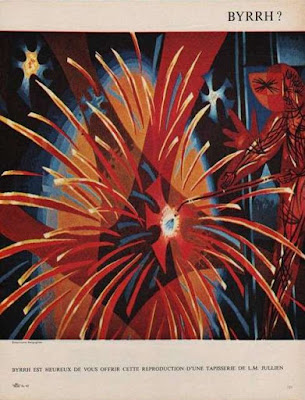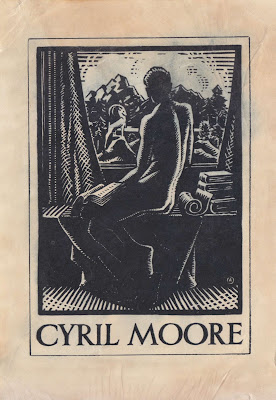Physical by Andrew McMillan.
At the outset, I should say that I don't feel qualified to offer a traditional 'review' of a book of poetry: I don't have the necessary depth of critical apparatus needed and, though I read a lot of poetry, I do not have the systematic knowledge of contemporary poetry to place these poems properly into their context. So this will be a response: and an enthusiastic response at that.
It was only a few years ago that I was attending poetry events, readings and open mics in London and looking around a room with a 'more than general population' percentage of gay men and wondering where that was acknowledged in the poetry they were curating and reading. Andrew McMillan has written a book of poems which are, largely, about being a man and having a man's body and unashamedly, in this particular case, that body is desired by and desirous of other male bodies. It is sad to say but actually this in itself is something to take note of because even well into the 21st century, to have an openly 'gay' collection of poems published by a mainstream publishing house like Cape is still unusual. The mainstream audience is being asked to find the universal in Andrew McMillan's specific experiences of life and, unusually, a mainstream publisher is happy to trust that audience to find the universal in McMillan's gay specifics. How sad indeed that at a point in history when TV, film, music, fiction and most almost every other art form is entirely used to gay artists and content, a book of poetry still feels 'political' in this respect.
That said, there are some breathtaking poems in this collection. The tone is, on the whole, very restrained and measured: longer than single space gaps in lines are a consistent device used to create a very steady reading rhythm and to allow space for reflection around the words, both physical and metaphorical. Many of the poems have urban and often night time or dark settings. McMillan's gaze on the body is so intense that there is a real sense of a single tone to the whole collection.
Sexuality is present throughout and often subverts a narrative we might read entirely differently from a straight poet. In "Strongman" the poet's nephew asks to be lifted into the air, benchpressed. The subversion is pointed up more strongly as we are told the boy's mother's new lover often does this, the nephew protests "I had my hand / on his balls for the first attempt" and what should be an act of masculine bravado and of bonding and, simply put, a bit of fun (as it seems to be with the stepdad), becomes something altogether different because the author is gay - but what exactly that difference is, McMillan sagely leaves ambiguous. "What is masculinity if not taking the weight / of a boy" he asks and in doing so he lays out for any reader the awkwardness that all gay men know at some point in their relationships with their straight family. Yoga and going to the gym and even pissing at communal urinals are all subjects that McMillan makes strange (queer), in a way which articulates experiences and emotions that are often left opaque. In "Choke" we are confronted by the roughness of same sex physicality and asked questions about where the line between intimacy and violence lies between men.
Though McMillan is only in his late 20s there is a strong dose of the mid and late twentieth century in these poems. Thom Gunn is a strong presence, making an appearance in two poems as a dedicatee and also as a 'character'. There is an irony of course that critics 'went off' Gunn when he moved to America: they said his poetry suffered from the move. What they actually meant in a lot of cases was that he started writing poetry about explicitly gay subjects and that was what they didn't like. So it is great to see his memory honoured in this way by McMillan. The twentieth century also brilliantly informs a poem like "Schoolboys" in which two rather affectionate and young boys on a bus encounter a disapproving and sour woman, she is brilliantly put in context by setting the poem just after the death of Margaret Thatcher and referencing the parties that were held in some northern towns on that day: thus the woman and the boys feel like they inhabit completely different worlds; "the boys sit closer / than they need to the lady burns."
In a way, it is the 1980s the McMillan feels the heir of. These are poems like Jarman's films or like the music of Frankie Goes To Hollywood and Jimmy Sommerville with a background of Section 28, it is just a shame that poetry has had to wait until 2015 to find a voice like that. There is a slightly melancholic tone to the urban settings of some of these poems that puts me in mind of The Pet Shop Boys. They understood the idea of 'town' and 'city' as person and McMillan does this too in a long and slightly difficult sequence towards the middle of the collection in which the 'town' and its landscape mingles with the landscape of the body. In doing this McMillan is beginning to find a twenty-first century poetic exposition of the relationship between urban life and gay bodies.
This is a first collection in book form of a poet, still young, who is finding a voice that feels both new and already mature. He writes in deceptive calm of great passions. It is an exciting book to read.




















































































